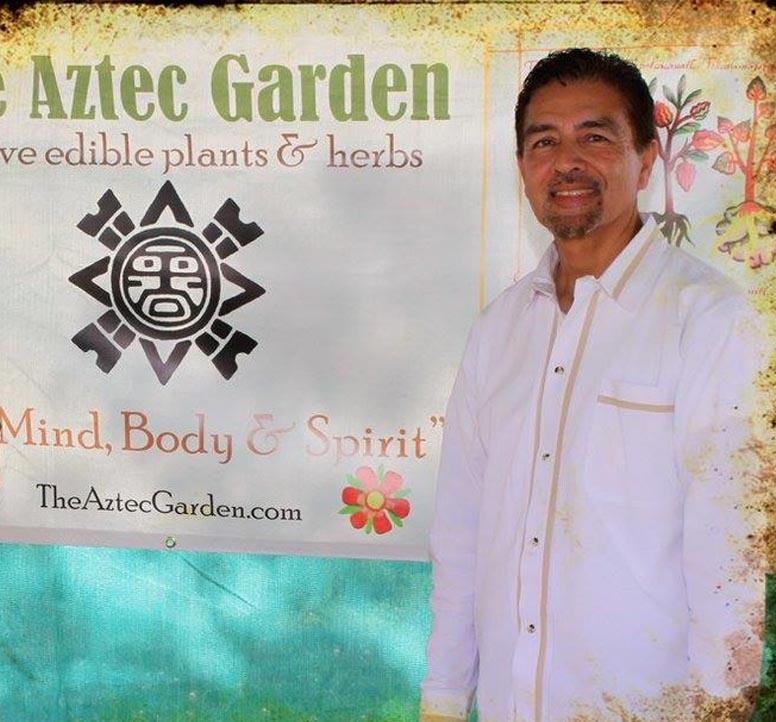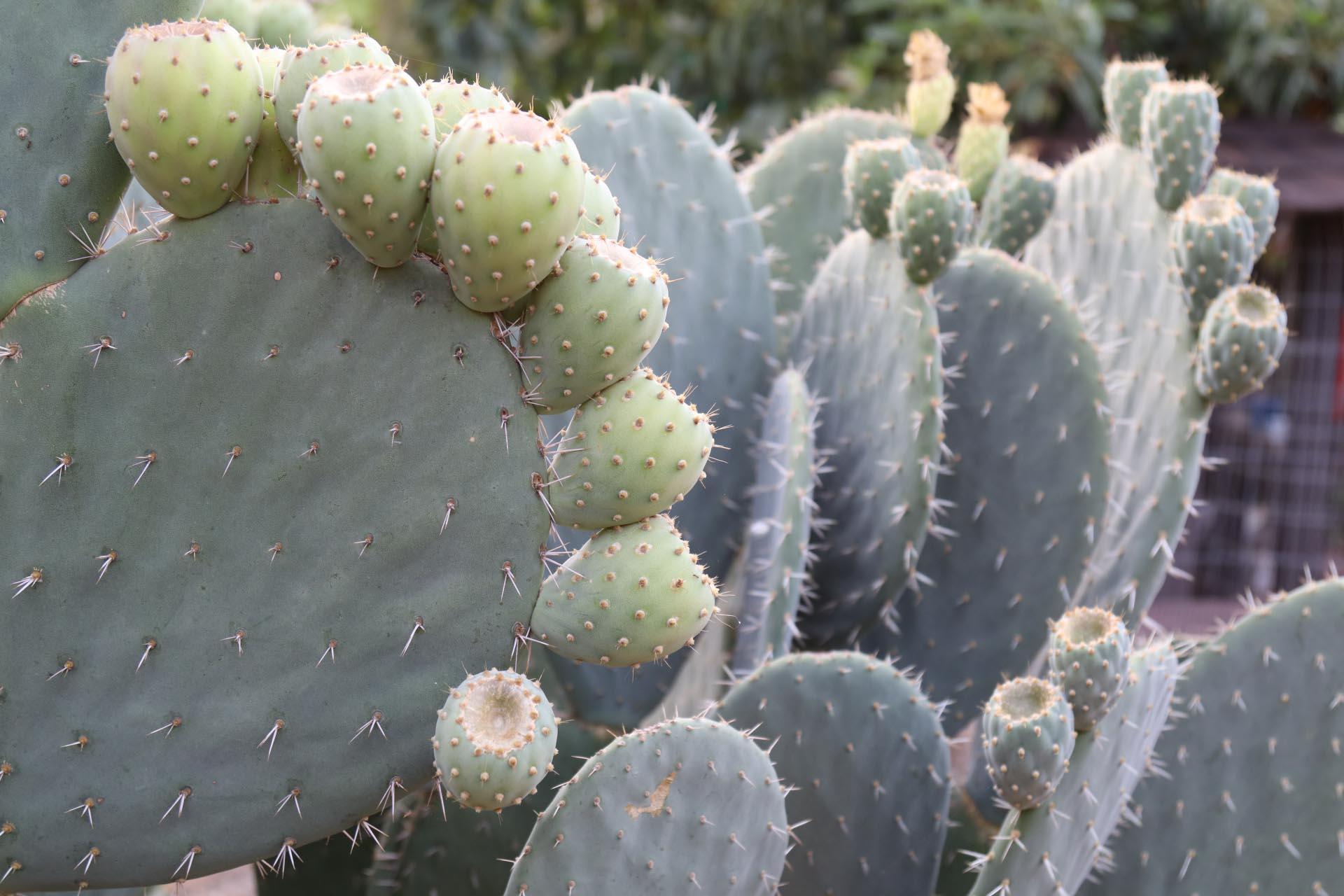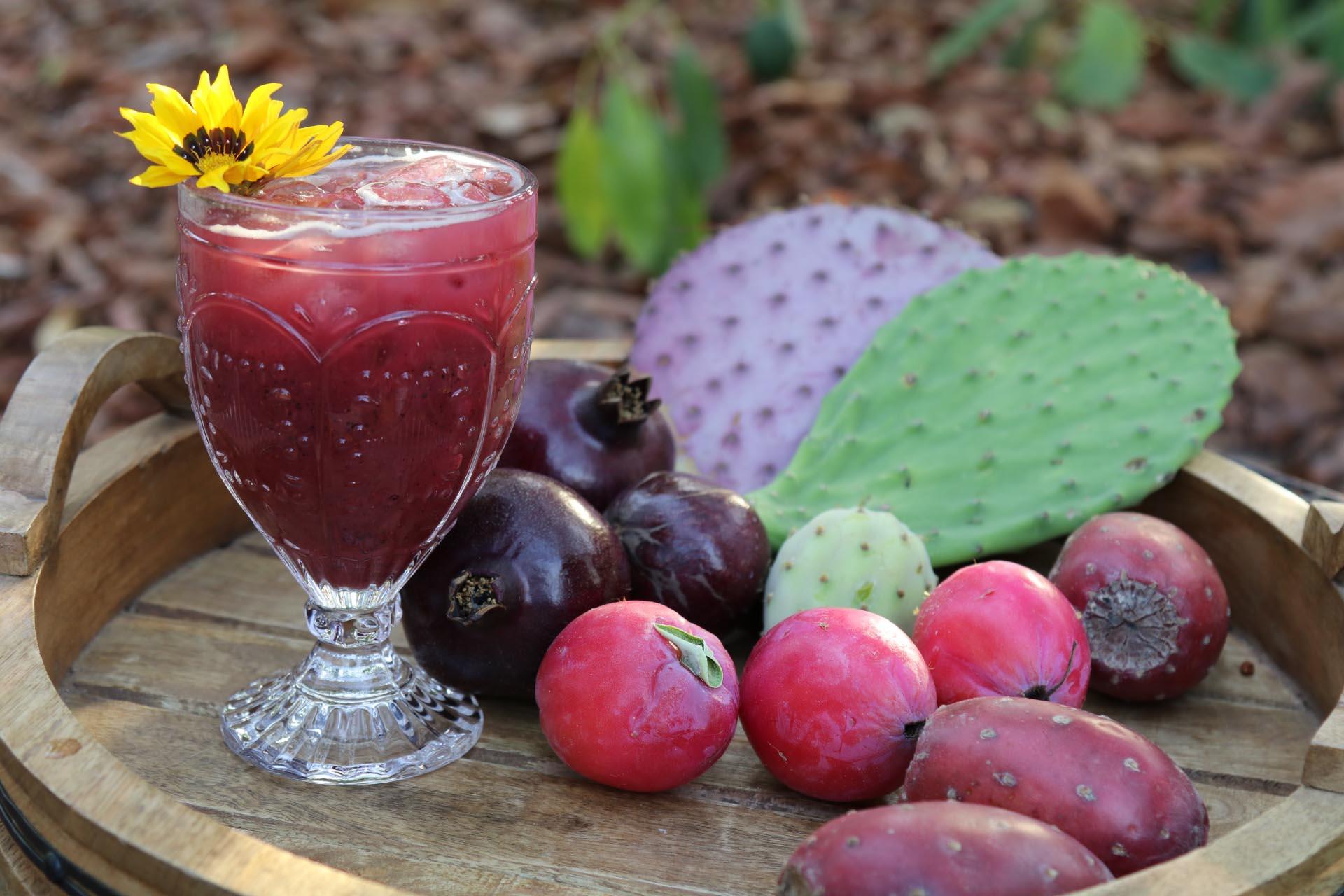The LocalHarvest Blog
19 Jan Fri 2024
Community Support Into the New Year Spotlight: Lahaina Post Fire
Mid summer of 2023 on August 8th devastating fires swept through the Indigenous lands of Lahaina. Commonly known as a tropical forest and the home of a 10,000 ft volcano named Haleakala. Lahaina is one of the communities in Maui, a deeply cherished Hawaiian island that happens to be home to a handful of LocalHarvest farmers. Unfortunately, due to recent fires the Locals have expressed haunting concerns over the now scorched beaches, gardens, the historic town, and the tropical lands that housed their ancestors and ancient cultural memories. We are deeply saddened to report that many lives were lost to the tragic Lahaina fire, elders being the highest number of losses.
Now that we are nestled in to the New Year, we want to share that we haven't forgotten the importance of shedding a light on the horrific event that endangered the lives of many Native Hawaiians. Given the heavy loss that took claim of Indigenous land, long time residential homes, store fronts, farms, and cultural centers, we want to remind our community to lend a helping hand towards our Ohana on the Island. During several public press releases we learned from local reports that there was a lack of forewarning about the approaching fire from city officials, and roads were reported to be barricaded. According to several Lahaina sources locals were reported to be trapped in and unable to escape the fire. Many people were found deceased in vehicles, in the rubbish of their homes, and on the streets in part due to the failure of communication from officials and the uncontrollable gusting winds. According to AP news, "In the hours before a wildfire engulfed the town of Lahaina, Maui County officials failed to activate sirens that would have warned the entire population of the approaching flames and instead relied on a series of sometimes confusing social media posts that reached a much smaller audience. Power and cellular outages for residents further stymied communication efforts. Radio reports were scarce, some survivors reported, even as the blaze began to consume the town. Road blocks then forced fleeing drivers onto one narrow downtown street, creating a bottleneck that was quickly surrounded by flames on all sides (Boone, 2023)." Shortly following, many of the locals expressed concerns around being contacted by developers who offered to buy their properties at a high price. How untimely? Hawaii has already spoken out against widespread land theft, privatization, and cultural endangerment. According to NPR, "The community is still reeling from the loss, and many people are still displaced from their homes. The governor's plan to rebuild the community must be based on the needs of the people, not the interests of developers (NPR, 2023)." Lahaina will need more time and a shared pool of resources to begin making strides towards permanent recovery.
Hawaiian concerns have been heightened, as it is a well known fact that the tourist industry, extractive resorts, in addition to deforestation left the lands of Lahaina dry and susceptible to wild fires. The traumatic event could almost be predicted by the Indigenous Hawaiians; who have seen their ancestral lands privatized and degraded for decades. In this time of frustration and uncertainty may we gather together as a community to reach out towards those in need. Farmers all over the world have watched a trend in climatic, environmental, and political catastrophes threaten the food security of their communities. By partnering together and providing humanitarian aid to those affected by the Lahaina fires, we can keep resources centralized and truly make a difference. Local Lahaina community efforts have been offsetting the troubling circumstances, though the conditions with which they are met are very challenging.
Here are a few LocalHarvest farms to check out that are based in Maui:
Island Fresh Delivery - "We are dedicated to distributing local produce Maui wide. Promoting optimal health, local economy and sustainability. Our CSA delivery service ranges from West, South, East and Upcountry Maui."
Lokelani 'Ohana - "Lokelani 'Ohana creates socially therapeutic programs within our community with elements of native Hawaiian culture and tradition for adults with developmental disabilities. One of the programs we run is in biodynamic gardening. Our farm is located on old Hawaiian land on the North shore of Maui, Hawaii."
Olinda Organic Farm - "Olinda Organic Farm is located at the 3200 foot level in Maui's Upcountry. Growing primarily organic coffee, and also citrus and bananas. In July 2017 our farm won "Best Coffee in Hawaii" in the Hawaii Coffee Association's Cupping Competition!"
Check out the below link to see a larger more extensive list of farms and markets in the Lahaina region of Maui:
Currently Lahaina is looking to rebuild its community. You can help! Take a look at the organizations listed below that are dedicated to helping restore the Lahaina community:
Common Ground Collective - "The Maui Wildfires have taken a great toll on our community, and the community food security needs immediately surged. On August 9th, the onset of the fires the Salvation Army kitchen burned down and Common Ground Collective (CGC) was contacted by Maui because Salvation Army is the state contracted food provider during times of emergency"
Hawaii Agri-tourism Association - "Hawaii Agritourism Association (HATA) is working to rebuild economic and emotional resiliency for Maui by working with local farmers, ranchers, and businesses to provide meal kits, cooking tools, kitchen supplies/equipment and education on food preparation and preservation for our West Maui and Upcountry area residents who have been displaced."
Hua Momona Farms Foundation - "The Hua Momona Foundation was created by the team at Hua Momona Farms to benefit and serve the needs of their Maui community. The charitable efforts for the Foundation are focused on the following pillars: Assisting the poor, the distressed, and the underprivileged of the island of Maui by providing food & Introducing the youth of Maui to “Sustainable Agriculture in action” and helping to showcase future job opportunities.
Ka ʻIke Mau Loa O Ke Kai Hohonu - "O'ahu-based nonprofit with employees and volunteers that grew up and still live in Kula, Maui. The group has been supporting green waste removal and fuel load reduction in Kula following the fires, by helping residents who are unable to remove the debris on their own. The organization is also supporting the Kula Hub to ensure that supplies, educational materials, and other resources remain available for Kula residents - especially while the water is not yet cleared for drinking or cooking."
"Whether you are standing on the Wao (forest), to the Kula (plain), to the Kahakai (shore), or in a Waʻa on the Moana (ocean) - perspective is the same. Every aspect of the island, from Mauka to Makai, has its place in the cycle of harmony. This is what our ancestors kilo taught them, theirobservation and focus on the less obvious and more subtle things started through their voyaging, bringing us to where we are today. Like how the smallest change in the environment can lead to a devastation, the slightest deviation in course can lead us on an irrecoverable voyage (Ka ʻIke Mau Loa O Ke Kai Hohonu)."
Sources:
Boone, R., Kelleher, J. S., & McAVOY, A. (2023, August 15). In Deadly Maui wildfires, communication failed. chaos overtook lahaina along with the Flames. AP News. https://apnews.com/article/hawaii-lahaina-wildfire-warnings-sirens-chaos-f4bb9bb77c093ac8ff16440b54ade4a6
Current projects. Ka ʻIke Mau Loa O Ke Kai Hohonu. (n.d.). https://www.kaihohonu.com/home
NPR. (2023, August 23). Lahaina residents worry developers will scoop up land after the recent wildfires. NPR. https://www.npr.org/2023/08/23/1195387894/lahaina-residents-worry-developers-will-scoop-up-land-after-the-recent-wildfires

26 Nov Sat 2016
LocalHarvest Featured Farmer: Pablo Rodriguez of Rancho Charanda
 We at LocalHarvest are embarking on a new project to bring you closer to the farmers who grow your food. Periodically we’ll be interviewing our members to share their unique stories with you.
We at LocalHarvest are embarking on a new project to bring you closer to the farmers who grow your food. Periodically we’ll be interviewing our members to share their unique stories with you.
Pablo Rodriguez is the owner of Rancho Charanda, growers of citrus and specialty fruit crops, and The Aztec Garden, his project featuring medicinal and culinary herbs of ancient and modern Mexico. We’ve always loved his artful presentations and passion for growing good food and herbs, so we looked forward to asking Pablo a few questions about what inspires him.
LocalHarvest: What got you into farming?
Pablo Rodriguez: I was totally inspired by my grandmother. As a young boy, I remember spending the summer playing in her huge garden filled with tomatoes, chiles, cactus, herbs and several types of stone fruit. Every time my siblings and I visited, we would peek into the refrigerator and shout, “there’s nothing to eat”... but grandma would always whip something up freshly picked from her garden. So I decided to continue the tradition of growing my own meals. Plus farming keeps me grounded, it connects me to the land and nature, brings me peace and relaxes my mind. I respect the earth and the life giving energy the food provides us.
LH: What inspired you to create The Aztec Garden?
Pablo: Years ago I discovered a reproduction of an obscure little herbal book written in 1552 called the Aztec Herbal. I read it cover to cover. It is the first herbal, in fact, the first medical book produced in the Americas. The original book is preserved in the National Institute of Anthropology and History in Mexico City. It is known as the Codice Badiano, or Badianus Manuscript, after the Aztec scholar Juannes Badianus, who translated the original manuscript into Latin.
The herbal was written in the local Aztec language (Nahuatl) by Martinus de la Cruz, a prominent physician at the College of Santa Cruz in Tlaltelolco, Mexico. The book was produced thirty-one years after the Spanish conquest of Tenochtitlán, which is present-day Mexico City. This little book provided the names of the herbs, hand drawn images and remedies for a variety of illnesses and ailments. I decided to grow as many of these herbs and plants that I could find and share the remedies with others.
What are the three herbs you think everyone should have in the cupboard and why?
Pablo: At the Aztec Garden we firmly believe that to heal oneself you must heal all elements: mind, body and spirit. With that said the first herb to have on hand would be:
Cedron / Lemon Verbena. A very comforting and aromatic herb. Once dried it makes a perfect hot or cold tea. A cup in the morning allows you to clear your thoughts and prep your mind for the tasks of the day. In the evening before bed, it soothes and relaxes your mind before you lay your body to rest. (Mind)
Oregano de la Sierra / Mountain Oregano. This is one of my favorite herbs for cooking and feeding your body with natural nutrients it needs to function properly. It is very aromatic with rich, spicy overtones. Perfect over grilled potatoes or blended with saute?ed tomatoes, onions, garlic and nopales. It adds life and zest to so many dishes. (Body)
Salvia Blanca / White Sage. This is one of the five sacred herbs. It is used to dispel negative energy that you may have absorbed from friends, family or foes. It should be used daily. (Spirit)
LH: Does your farm location have any particular geographical advantages / challenges? How would you describe your local farming community?
Pablo: We are located on a hillside between Los Angeles and Palm Springs in an area known as Crafton Hills. Our farm has mountains to the north and desert to the east. In my opinion a great location with several microclimates. The area is perfect for growing several types of plants, trees and herbs. The south, higher terrain allows us to grow sub-tropicals such as avocados and guavas. Our sun-sensitive herbs are protected with the shade of our citrus trees throughout the property. The north, lower end, where rainwater and irrigation water accumulates, is perfect for our thirsty plants. The drier, sandy soil of the west side is a perfect location for our cactus garden.
Some of the biggest challenges we face are lack of rainwater, unstable weather, over development and a lack of respect for the environment. The local farming community has finally placed our local food production as a priority, but we still have a long way to go. We need the local community to support local farming … and not depend on foreign interests to supply our precious food.
Recipe: Sangre de Azteco
This refreshing drink features some of the unique fruits grown by Rancho Charanda. The Aztec Marigold flower garnish represents the blood that was shed by the Aztecs to the Spaniards who invaded the Americas for gold.
Ingredients
- 1 xoconostle fruit
- 2 pitaya (dragon fruit)
- 2 tuna (red prickly pear fruit)
- 1 pomegranate (medium sized)
- 1 nopal (cactus paddle green or red)
- 3 oz chilled spring water
- 1-1/2oz Opuntia Prickly Pear Spirit
Preparation:
Trim the spines and skin off of the xoconostle, pitaya and tuna. Place pulp in a blender. Next, trim the spines off of nopal, chop and place in blender, cut pomegranate in half and remove seeds. Place seeds in blender. Add 3 oz chilled spring water and blend at high speed for 4 minutes. Pour mixture through cheese cloth to remove seeds into a wide mouthed cup. Add Prickly Pear Spirit, stir and now pour into a chilled glass goblet filled with ice cubes. Garnish with freshly picked Aztec Marigold Flowers.
Many thanks to Pablo Rodriguez for taking the time to share with us! If you’re curious about Rancho Charanda and The Aztec Garden, check out their listings on LocalHarvest, or if you’re in their area, you can contact them about visiting.
Until next time,
Kerry
29 Jul Wed 2009
Important Day to Pick Up the Phone
24 Feb Tue 2009
Local and Organic for $37/week
Last week I was part of a panel at local farm conference, where my assignment was to talk about the "home economics" of eating locally. I spoke about what my family eats and why, and the time and money our diet requires. I learned a lot.
I was especially curious about the money part. It should be said that my husband and I put a high value on eating well. We also grow a lot of our own food. It’s our sustenance, both physical and spiritual. Turns out, the garden saves us a lot of money, too.
[Read More]18 Feb Wed 2009
Try, try again
 Yesterday Guillermo and I were discussing the sorry state of this
blog.
We have both had the guilts about it all winter. One lousy entry in
almost three months? That's not a blog, it's a wind-worn flier stapled
to a telephone pole announcing a concert that's long since forgotten.
Yesterday Guillermo and I were discussing the sorry state of this
blog.
We have both had the guilts about it all winter. One lousy entry in
almost three months? That's not a blog, it's a wind-worn flier stapled
to a telephone pole announcing a concert that's long since forgotten.
For whatever reason, we haven't been bitten by the bug. Yet. But we've committed to giving it another go to see if we can turn ourselves into bloggers. Because we have things to say. Really we do. If only we could dig ourselves out of our To Do list long enough to form sentences.
[Read More]20 Nov Thu 2008
Welcome to the Localharvest Blog
 Pick a little, talk a little, pick a little, talk a little, cheep cheep
cheep, talk a lot, pick a little more...
Pick a little, talk a little, pick a little, talk a little, cheep cheep
cheep, talk a lot, pick a little more...Welcome to the new LH blog! We've been wanting to be more dedicated bloggers for a while now, but quite honestly have just been too darned busy to get around to it. Finally, finally, it made it to the top of the list.
[Read More]


